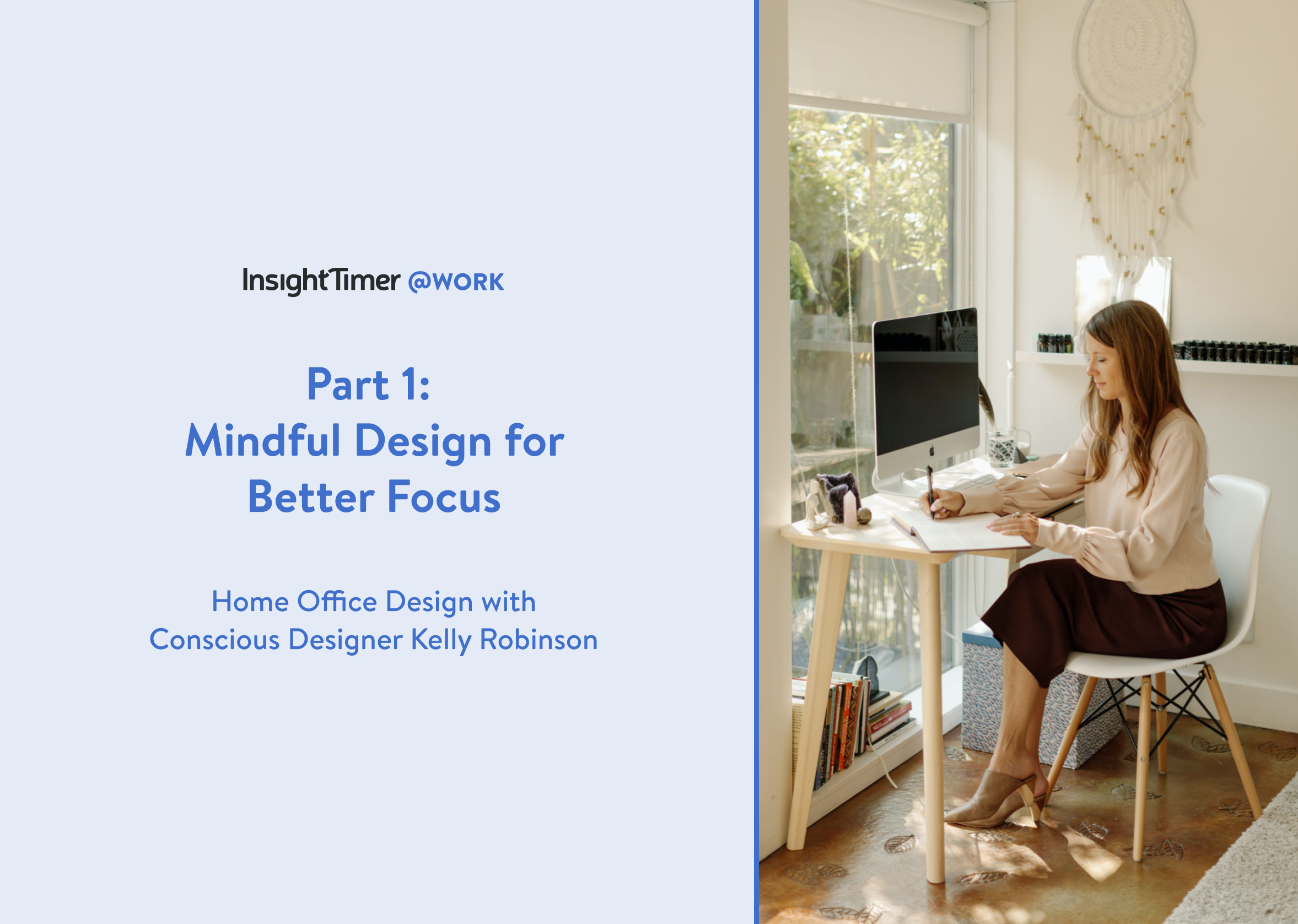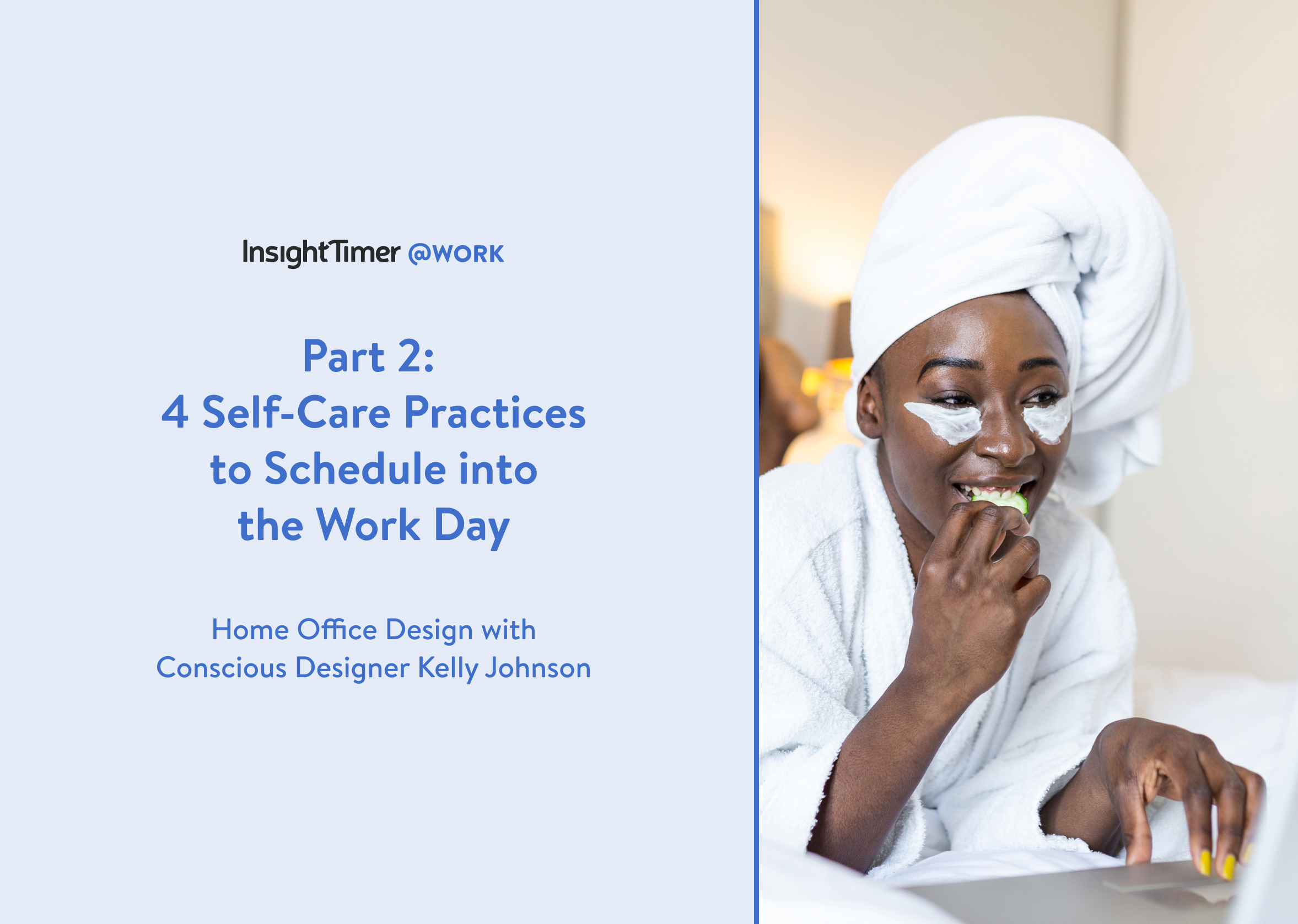The 8-hour workday is both the worst and best thing about office life. On the one hand, many of us fight our natural rhythms: we rush off to work when our bodies long for sleep, or hurriedly pack up for home just when we’re finally feeling productive. On the other hand, it provides the kind of consistent structure that researchers find is both healthy for children and stabilizing for working adults.
Working from home gets you the best of both worlds: a predictable routine that provides the benefit of emotional regulation, but one that’s harmonised with your own unique rhythms and energy cycles. (For parents, this is slightly different and you will want to read more on transition rituals). In the sudden transition to remote work last year, many of us missed the opportunity to create that kind of routine. As meetings turned into video calls and hallway chats turned into Slack threads, organizations recreated the straitjacket of the office, without the regulating benefits of predictable in-person interaction.
But it’s not too late to chart a new course. As individuals and as organizations, we can embrace the value of routine—without falling prey to the limitations of an 8-hour workday. Here’s how to create a routine that works for you:
- Identify your Natural Energy Cycles
Log your mood and energy levels every hour or two for a week; you’ll learn even more if you log your sleep, eating, exercise and mediation sessions too. (Don’t worry, you won’t have to log forever!). Your goal is to identify the conditions or times of day when you are “calm, alert and happy”: the state that self-regulation expert Stuart Shanker has identified as the optimum conditions for learning and cognitive work. - Look for Cognitive Savings
At the same time, keep a running list of the kinds of decisions you have to make in the course of a day, from what to wear, to what to eat for lunch or which email to answer first. As Robert C. Pozen and I point out in Remote, Inc., “every remote worker makes literally thousands of little decisions every day”. If you can replace even a few of these with routines—by meal prepping, wearing the same outfit or setting up email filters that determine what you see and respond to first—you free up attention for more demanding work. - Build your Dream Schedule
Now you know when your attention’s at its best, and where routines can replace day-to-day drains on your brain power, you can make a schedule of the kinds of activities that suit you best, at different times of day. First, block off your peak concentration hours so you can use them for challenging, focused work: No point wasting those precious hours on routine tasks or meetings that don’t need much attention.Then fit your exercise, meals and breaks into the moments when you typically need a recharge, and schedule email and meetings for the remaining windows in your day.If you do a good job aligning your work with your natural energy cycles, and simplifying day-to-day decisions with routines, you’ll get your most crucial tasks accomplished in less time—which should make it easier to fit more work into fewer hours. Consider reinvesting some of that free time in the activities that fuel your productivity and wellbeing: a date with a friend, some time outside, a meditation or yoga session, or a creative outlet.
After all, the 8-hour day shouldn’t be the scorecard. What matters is what you get done — and how you feel at the end of the day.






